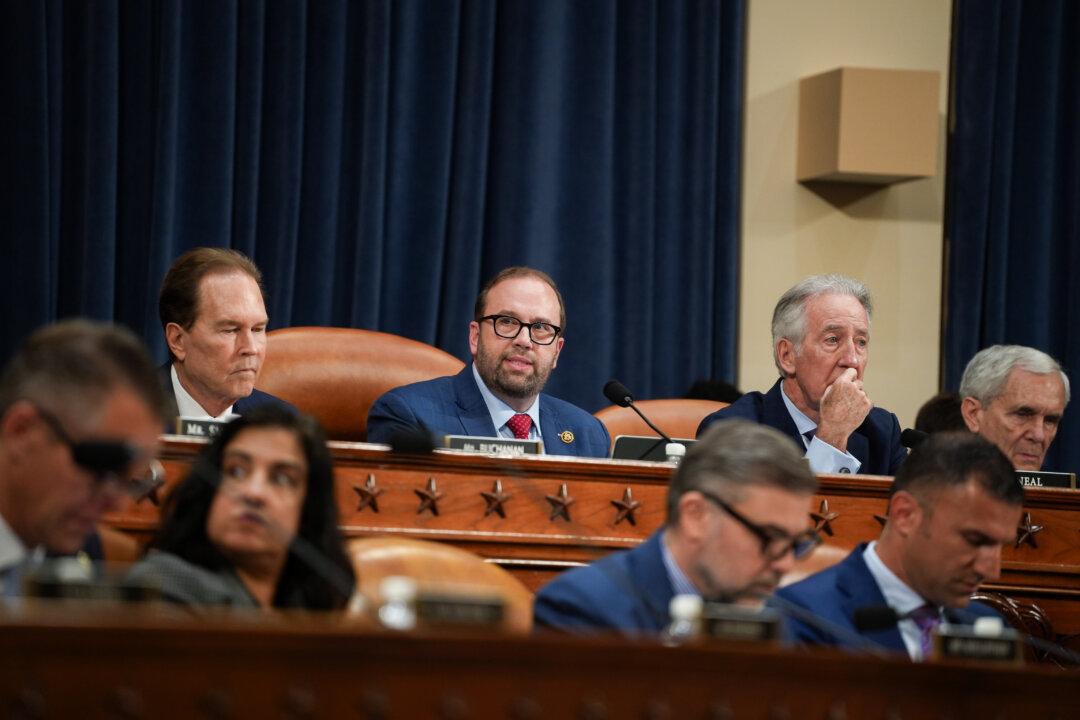With the United States and China agreeing to a temporary trade truce, experts caution that Beijing will try to drag its feet over the next three months to gain an upper hand over Washington.
After May 10–11 talks in Switzerland, the United States agreed to lower most incremental tariffs on China to 30 percent from 145 percent, while China reduced its retaliatory tariffs on U.S. goods to 10 percent from 125 percent. The reductions will hold for 90 days as both sides continue negotiations to reach a broader deal.
William Lee, chief economist at the Milken Institute, viewed the result as a tie between the two countries.
“It’s a win on both sides. Nobody got the upper hand,” he recently told The Epoch Times.
China, he noted, cannot allow trade to decline for too long since it accounts for a sizable portion of GDP. Domestically, he said, it was also a victory for the United States because “some markets certainly jumped back.”
“This is not a remotely revolutionary agreement,” Balding said in a recent interview with The Epoch Times.
“The only thing that they can really say that they agreed to is that they set up a group to discuss how to continue negotiations.”
Delay Tactics
Looking ahead, some experts said the U.S. administration will need to find strategic ways to navigate trade talks with the Chinese Communist Party (CCP) while avoiding pitfalls.Alexander Liao, a China expert with decades of journalistic experience in Hong Kong, London, and Washington, thinks the regime will attempt to prolong trade discussions, possibly until the new year.
“In the Party’s view, [U.S. President Donald] Trump’s limited term is a significant weakness, as is the GOP’s slim majority in Congress,” Liao recently told The Epoch Times.
If the Chinese regime can drag out talks until January or February and reignite trade tensions, the U.S. economy and 2026 midterm elections could be affected, he noted.
For China, it is a matter of refraining from engaging in combat on your enemy’s terms.
“In the ‘Art of the War,’ the famous Chinese military strategist Sun Tzu advised not to fight a war on your enemy’s terms,” Liao said.
“The timing of a war, the location of the war, and the style of the war are all critical factors to seize the initiative.”
If nothing happens during upcoming negotiations, the administration might need to revert to aggression, Liao noted.
“The United States should go all-out in a trade war to force China back on the United States’ timeline,” he said.
Yeh Yao-Yuan, a professor of international studies at the University of St. Thomas in Houston, believes that U.S. officials would not fall for any slow-walking by the CCP.
“If Beijing doesn’t have any significant offering to Washington by July, Trump may restore the tariffs,” Yeh said to The Epoch Times.
But the president might also employ other punitive measures, such as blacklisting Chinese companies and restricting U.S. investments in specific China-based industries and companies.
Yeh said a possible CCP strategy of postponing a deal may bolster Trump’s standing back home.
“One thing that’s different than Trump’s first term is the [U.S.] public opinion on China,” Yeh said.
US–China Competition Continues
Experts had previously told The Epoch Times that the U.S.–China power competition would not slow down for a potential tariff truce. And that’s what appears to be happening now.During the window of de-escalated trade tensions with Washington, Beijing has continued making moves to solidify its position in its broader ambitions to challenge the United States.
The BRI global infrastructure investment program is a key vehicle for the communist regime to challenge Western influence.
“China is now capitalizing on its influence in the Global South. The U.S.-China power competition extends beyond trade,” Mike Sun, a U.S.-based businessman with decades of experience advising foreign investors and traders doing business in China, told The Epoch Times.
Sun uses an alias to protect against reprisals from the regime.
“Counterbalancing China’s Belt and Road Initiative and China’s global influence is the main battlefield,” he added.
The tariff truce has not changed the fundamental drivers of tension between the United States and China, according to Balding.
The outcome at the end of 90 days may go “any number of ways,” he said, yet any approach to gain an upper hand over the Chinese regime would require meticulous execution.








